How to grow carrots – enjoy a bumper homegrown harvest
Discover how to grow carrots and enjoy this delicious, crunchy and nutritious veg

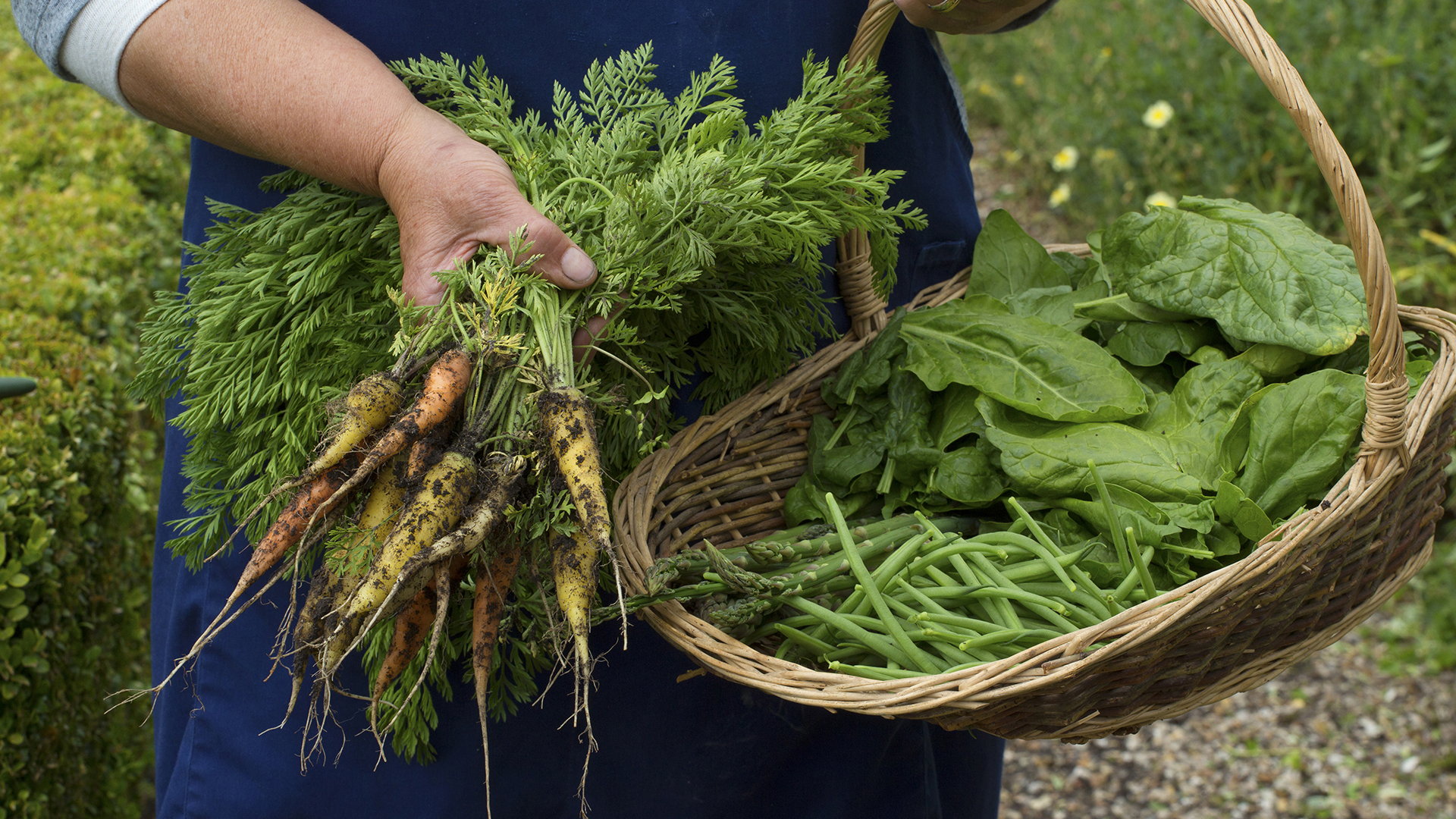
Once you know how to grow carrots at home, you'll be weaving them into as many meals as you can.
Delivering a crisp, crunchy bite in a salad, as a snack or crudité; delicious roasted; adding sweet flavor to stews and soups; blended into a juice; or even grated into cake and muffin mixtures, carrots are the ultimate versatile veg.
They taste even better when they are homegrown, are packed with vitamins and a great source of fiber.
Alongside the classic orange carrots, there are also many other varieties and colors - from white and purple to yellow – you can grow, and which you won't be able to find in the grocery store.
This all adds up to make them a great crop to include when you are planning kitchen garden ideas.
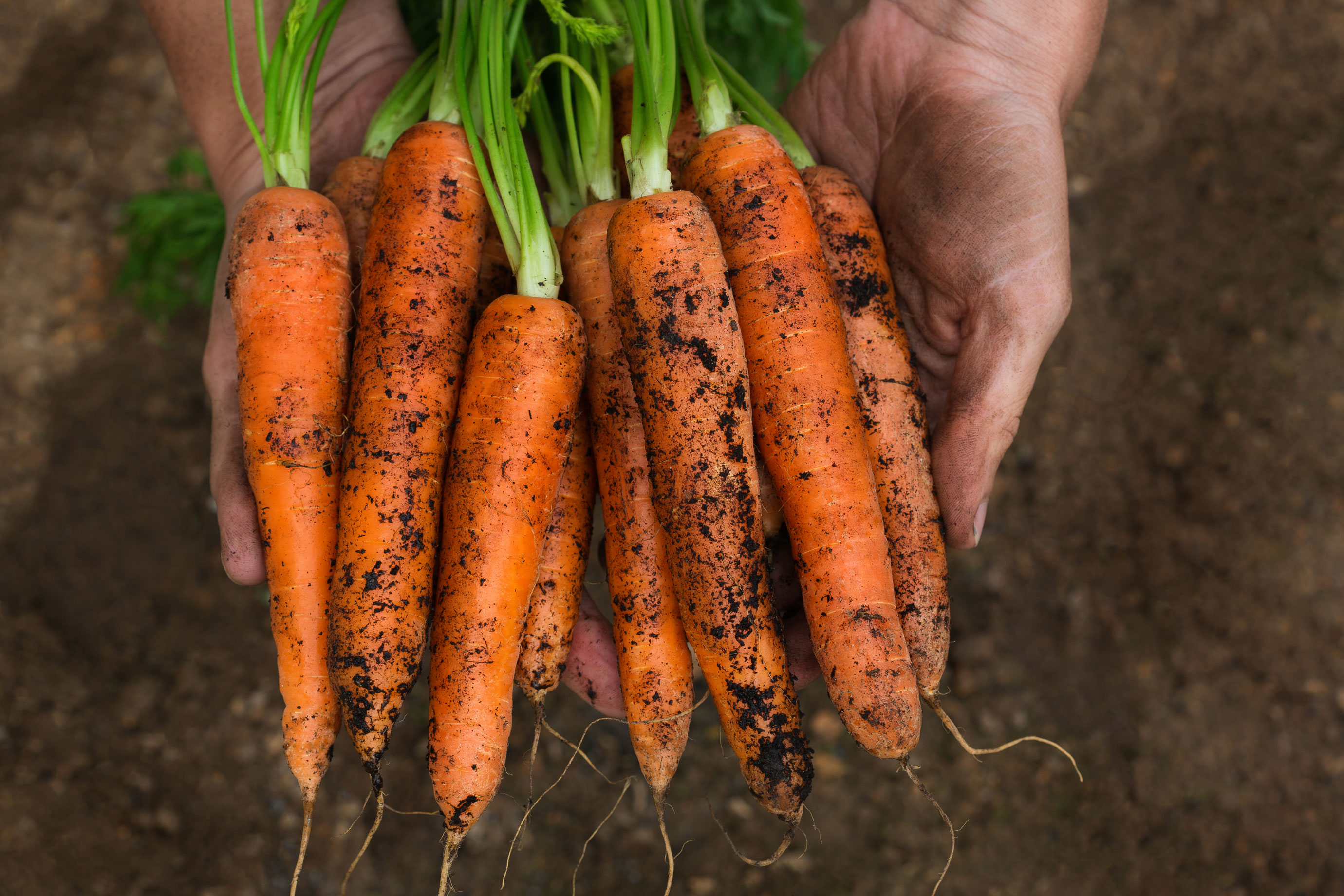
How to grow carrots at home
Carrots can be grown direct in the ground or raised garden beds, but are also an ideal crop for vegetable garden container ideas, too. They are best sown direct instead of module-sown as they don't like their roots disturbed.
'Carrots are easy to grow, so they’re ideal for novice gardeners,' says Sue Sanderson of seeds specialists Thompson and Morgan.
Design expertise in your inbox – from inspiring decorating ideas and beautiful celebrity homes to practical gardening advice and shopping round-ups.
'Containers are just as good as veg patches if you use the right variety, so don’t be put off if you don’t have a large back yard,' she adds.
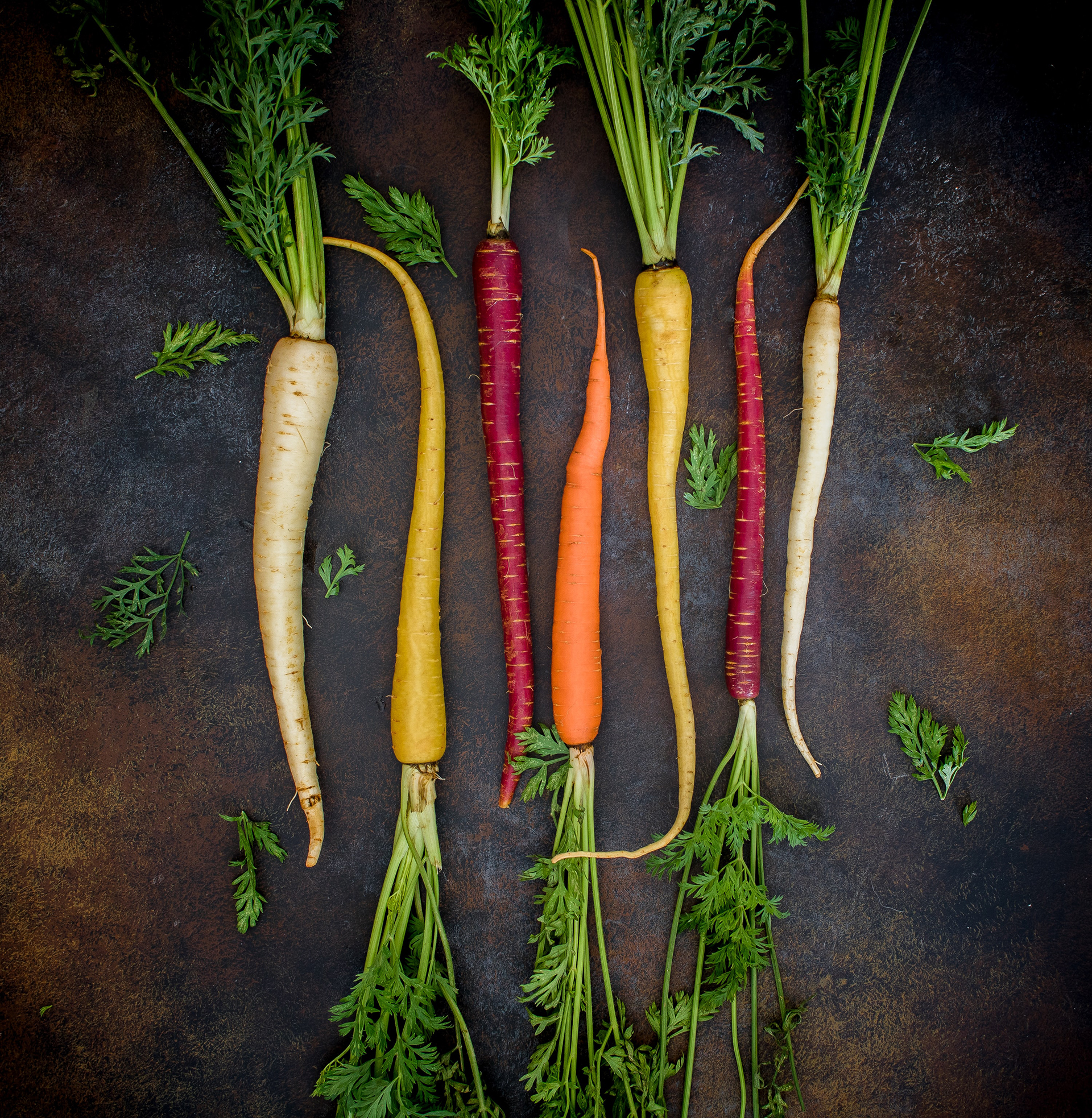
What month do you grow carrots?
There are a number of months you can grow carrots. You grow carrots from early spring right through to fall and will be able to enjoy a harvest almost all year round.
'Plant carrots from a few weeks prior to the last frost for a late spring/early summer harvest. They’re extra sweet when kissed by frost. You can also grow them again in the fall - just harvest carrots before the ground freezes, advises Amy Enfield of Bonnies Plants.
There are both early cultivars and maincrop or late varieties of carrots (check the seed packet).
Early varieties are sown in early spring, whereas maincrop can be sown from late spring into fall.
'Early harvests in June are possible from end of March sowings, but are less reliable than sowings from May onwards. Slugs are more rampant in early, damp months, so if you don’t want to gamble, wait for drier weather from April or May,' advises vegetable gardening expert Anna Greenland in her new book Grow Easy.
If you have a greenhouse, you can even grow carrots in it throughout winter for a spring harvest.
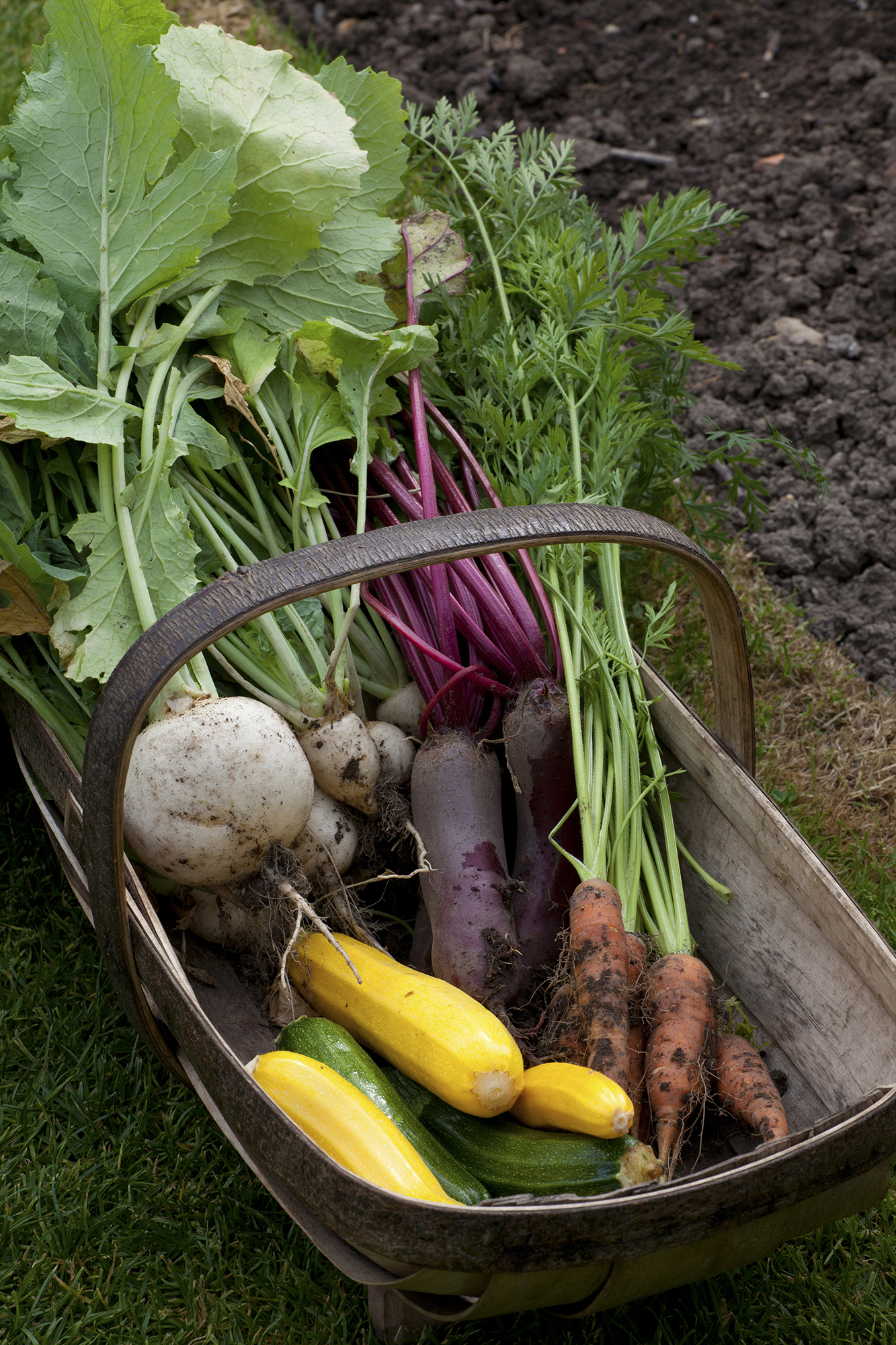
How do you grow carrots successfully?
How to grow carrots successfully involves ensuring the crop enjoys the correct and most favorable conditions. Get the conditions right and they will thrive and won't require too much care and attention.
Choose the right spot in the vegetable patch or in raised beds and also consider carrot companion planting for the best plants to grow alongside the crop.
'When preparing soil for carrots there are two things you need to consider,' says gardening guru Monty Don in a video for Gardeners' World.
'The first is that the soil shouldn't be freshly composted or manured as this will cause carrots to split, or fork.
'Second, you want well raked, free-draining soil. Carrots don't like great clods of heavy soil, so rake it down and dig it,' Monty continues.
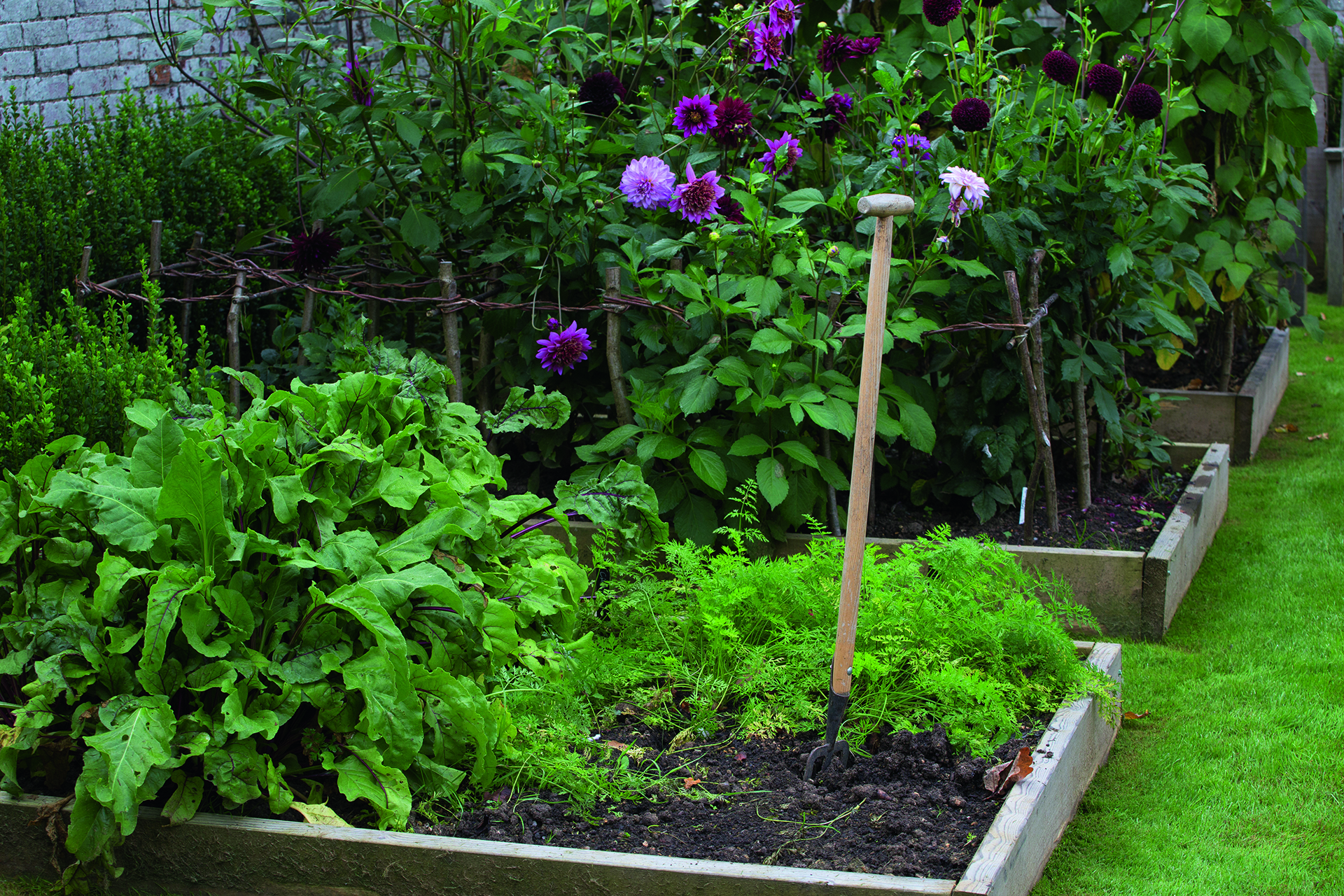
- Carrots will thrive in an open, sunny site with light, fertile, well-drained but moisture retentive soil. You can also grow carrots in containers successfully.
- First fork through the soil to break up lumps and remove as many stones as possible - otherwise the growth of the carrots may be stunted.
- If you have heavy and stony soil, or clay-based, choose short-rooted carrot varieties to grow.
- Add in some well-rotted organic matter or compost.
- Make shallow trenches or drills about ½ inch (1cm) deep using a trowel and space rows about 6–12in (15-30cm) apart.
- Sow carrot seeds thinly in the drills, about 2- 2½ inches (5-8 cm) apart, cover with a thin layer of soil and water with a watering can - do not sow them to thickly as you want to avoid having to thin seedlings.
- Sow carrots successionally every couple of weeks from March until late summer/early fall for a continual harvest.
- Keep the area weed free.
- Carrots only need to be watered sparingly, but will require more regular watering in long, dry spells .
- Thinning out seedlings can attract carrots' main pest – carrot root fly - so if you need to thin them out, do so 'on a still day, preferably in the evening, when there is no wind, so the scent does not carry and attract carrot fly,' advises Anna Greenland. Early carrot crops are more susceptible to carrot fly than later crops.
- To prevent carrot fly attacking your carrot crops, you can cover them with horticultural fleece tunnels or clear plastic, or put up barriers around them.
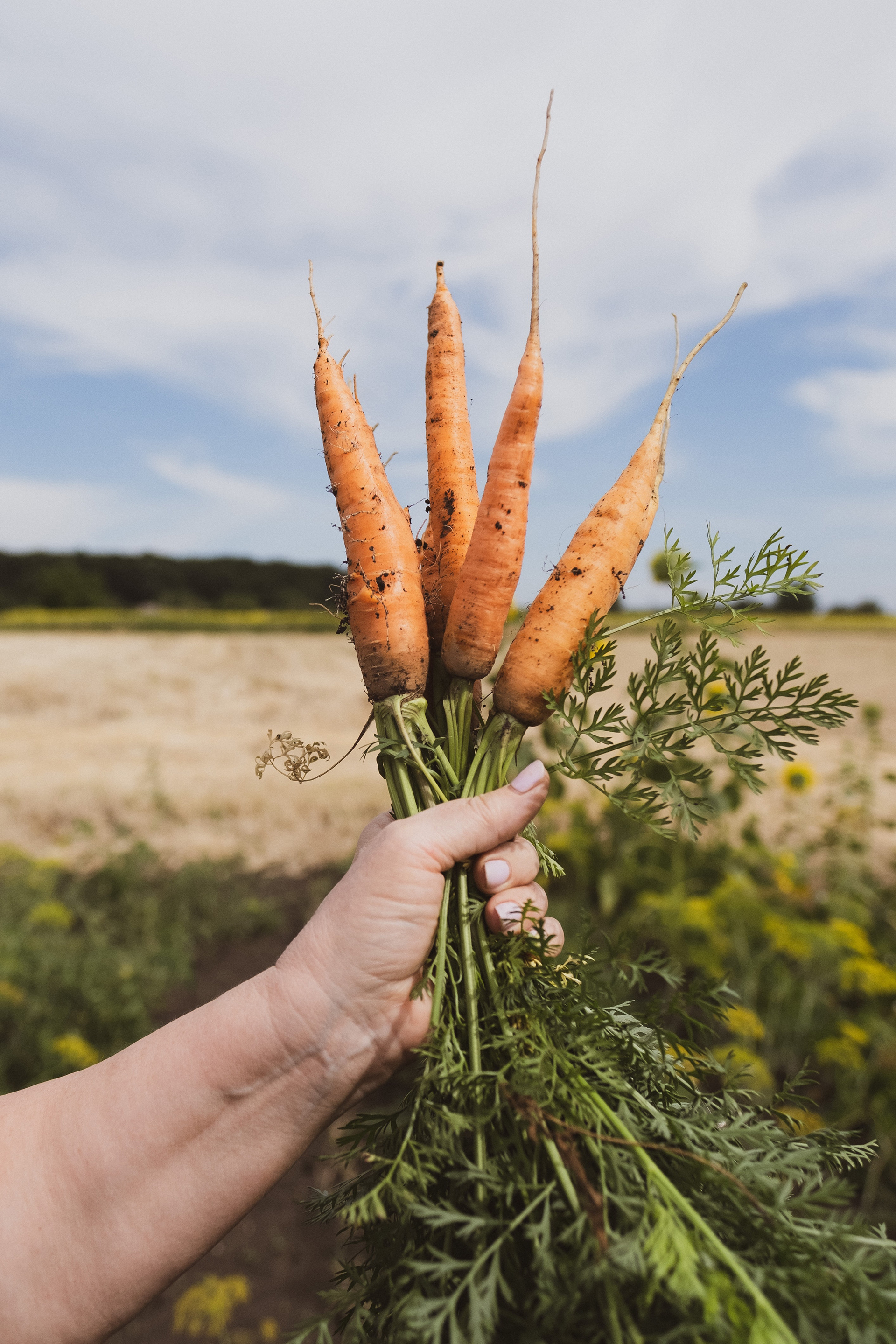
How long do carrots take to grow from seed?
When to harvest carrots? The time carrots take to grow from seed depends on the variety you have sown.
Seeds should germinate by about 14 days.
Early varieties, which are sown in spring, should be ready to harvest after about 10 weeks.
Maincrop or late varieties which are sown from the end of spring will be ready to harvest after about 14-16 weeks.
So, if you sow carrots successionally you should be able to harvest them for most of the year. Plus, if you sow different varieties and colors, you could be reaping a rainbow crop, improving the variety of homegrown produce when planning your vegetable garden ideas.

How do you know carrots are ready to harvest?
'The best way to ensure your carrots are ready is to pull one or two test plants to see how they are doing,' says Sue Sanderson.
Depending upon the variety, you should be able to harvest most carrot crops between 12 and 16 weeks after sowing.
Harvest carrots as soon as they’re large enough to use, as the bigger they get, the less flavorsome they will become.
Lift carrots carefully either when the soil is moist or water beforehand.
Carrots can be stored in a fridge with their green tops removed for 2-4 weeks.
'Don’t store with apples or pears, as these fruits emit a gas that can cause carrots to become bitter,' says Sue Sanderson.

Should I let my carrots flower?
Carrots are biennials, so flower and set seed in their second year.
'If you have space, leave a few carrots in the ground/pot to over winter – provided the roots don’t rot, you will be rewarded with lacy, white umbels of flowers the following year,' advises Anna Greenland.
These will attract beneficial insects such as ladybugs or wasps which prey on pest insects that attract your veg patch or raised bed.
This feature was created by H&G sister brand, Period Living magazine
Subscribe to Period Living magazine for more inspiration
Period Living is the UK's best-selling period homes magazine. A subscription provides you with all you need to know about caring for and improving a traditional house and garden.
Rachel is senior content editor, and writes gardening content for homesandgardens.com, Homes & Gardens magazine, and its sister titles Period Living Magazine and Country Homes & Interiors. She has written for lifestyle magazines for many years, with a particular focus on gardening, historic houses and arts and crafts, but started out her journalism career in BBC radio, where she enjoyed reporting on and writing programme scripts for all manner of stories. Rachel then moved into regional lifestyle magazines, where the topics she wrote about, and people she interviewed, were as varied and eclectic as they were on radio. Always harboring a passion for homes and gardens, she jumped at the opportunity to work on The English Home and The English Garden magazines for a number of years, before joining the Period Living team.

